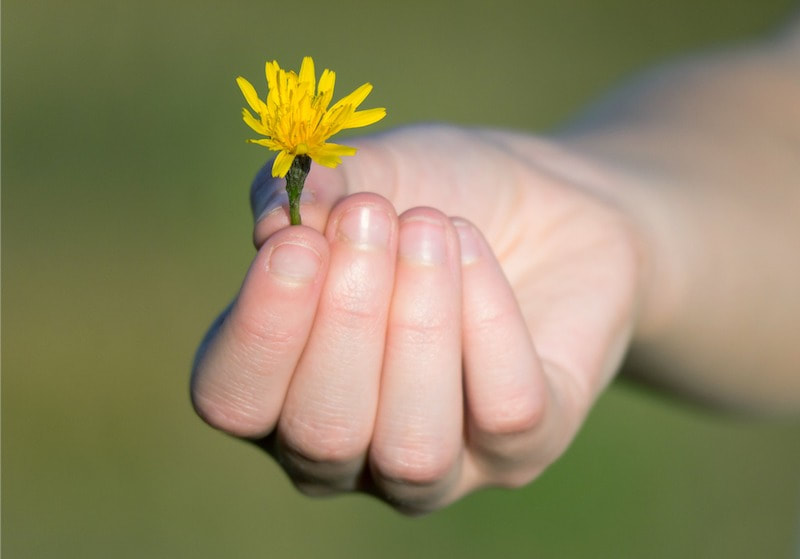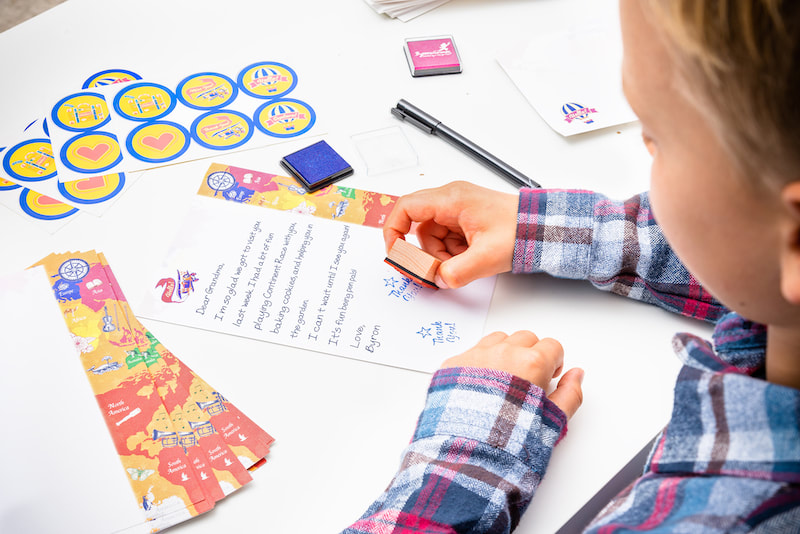|
Almost all parents and caregivers teach their children to say, “thank you.” They hope it becomes an automatic response from their children when someone gives them a gift, says something nice to them, or helps them. While teaching children to say “thank you” is important, it is not the same as instilling a sense of gratitude in them. Gratitude for kids needs to be taught--and modeled--to turn those “thank yous” into something felt and not simply a mindless, automatic response. There are a variety of tools to help kids with affirmations of gratitude. Gratitude for KidsBefore you can teach children gratitude, you need to understand what is gratitude for kids. It is the same thing as it is for adults, a positive emotion that acknowledges appreciation for what you already have. Psychology Today says that it’s “spontaneously generated from within.” Not everyone can spontaneously generate it without some help, though. That’s why teaching gratitude to kids is needed. One of the ways to teach gratitude is to include affirmations of gratitude into kids’ daily lives and your own life. Teaching gratitude to kids is more effective when they see you practice gratitude yourself. This includes regularly using affirmations. If you want positive affirmations for kids to be part of their lives, you need to model the behavior. Positive Affirmations for KidsOne way to teach gratitude for kids is to teach affirmations for kids. An affirmation is a short sentence or saying, some may call it a mantra, which reinforces the emotion of gratitude. An affirmation can also bring to mind certain things to be grateful for. Start to involve kids in appropriate gratitude activities as soon as they can start to speak. This will start them early on their way to a lifetime of practicing affirmations of gratitude. Positive Psychology recommends these simple gratitude affirmation prompts for children. (And, remember to allow children to hear you say these affirmations of gratitude out loud, also.)
Gratitude Journal for KidsScholastic says that making gratitude journaling a daily part of a child’s life is a simple practice that leads to increased happiness, but it’s not the only benefit of gratitude journaling. Gratitude is also good for fostering strong, healthy relationships. When children journal about people they are grateful for and why they are grateful for those people, it may improve their relationships and create stronger bonds. Aside from the happiness and the improved relationships, journaling may help children academically, too, by giving them a chance to practice handwriting, spelling and writing sentences. It's also possible to journal together as a family using a Family Journal. How to Use a Gratitude Journal The first things children will need when starting to journal what they are grateful for is something to write on or in. This could be a bound journal or something less traditional such as individual pieces of paper with colorful pens, stickers and rubber stamps to bring out the creativity in gratitude. This Connections Stationary Set includes paper, envelops, stickers and an inkpad and rubber stamp that says “thank you”. It is a good way to get a child excited about writing down their affirmations. Offer younger children need prompts for their journals like the ones above. As children get older, they can go deeper into their gratitude journaling. According to Greater Good Magazine, The Raising Grateful Children project at UNC Chapel Hill identified four parts of gratitude that should be taught to kids.
Gratitude Jar for KidsAnother fun activity for practicing gratitude with kids is creating a gratitude jar. Take any clean jar with a lid (a plastic jar is better for younger kids) that is big enough to fit a bunch of folded up notes in. To make it more personal, allow children to help decorate the jar any way they’d like.
Fill the jar part way with affirmations of gratitude, written on individual sheets of paper, or even scraps of paper. For kids who can’t write yet, give them a prompt and write down their answers. For older kids, allow them to write their own affirmations. Then encourage kids to continue to fill the jar up with affirmations, but don’t just let the jar sit there without ever revisiting what’s written inside. Allow kids to take the papers out and read them whenever they want. Here are some of the times that you can encourage them to pull out some of the papers in the jar and read them.
By incorporating gratitude affirmations in children’s lives in these fun, creative ways, you’ll help them to create a life long practice of recognizing what they are grateful for. You’ll also help them to be able to draw on that gratitude during difficult times when positive emotions are most needed.
0 Comments
Leave a Reply. |


